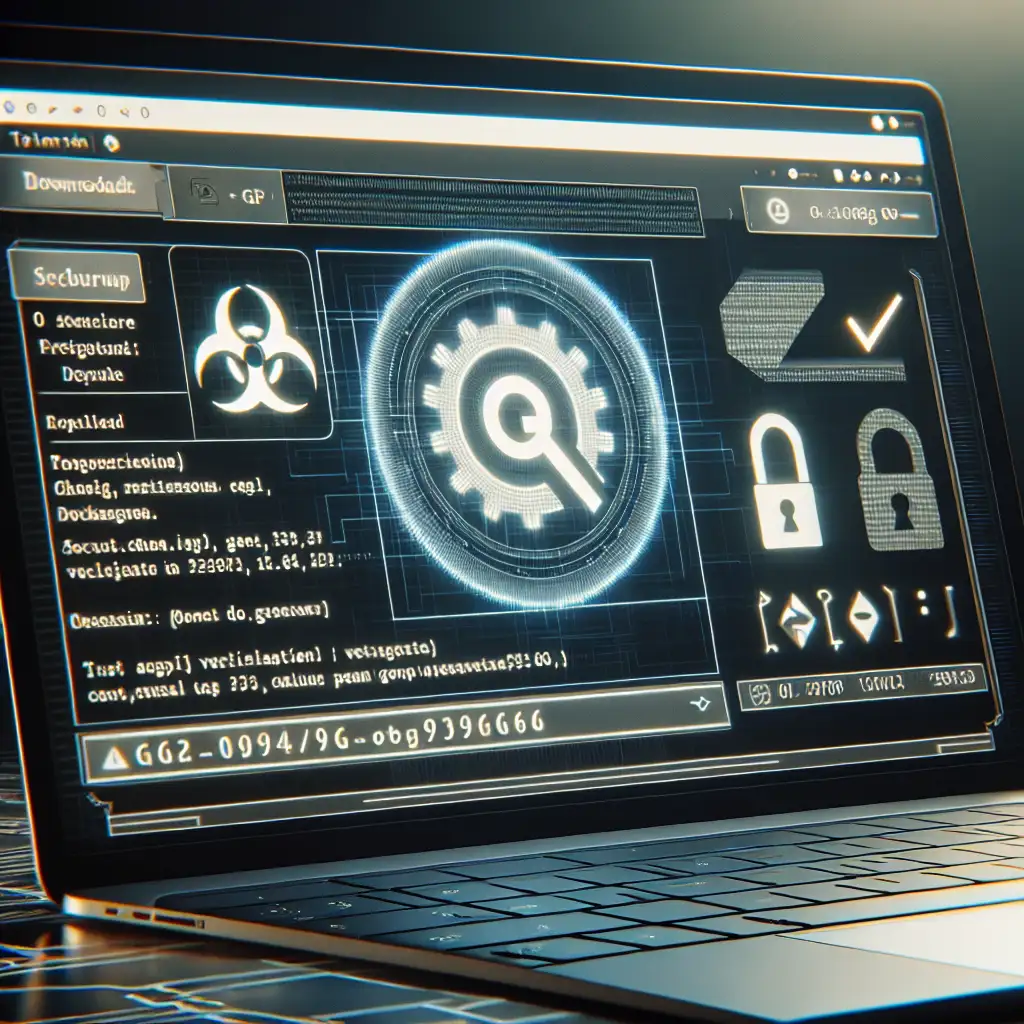Secure Download and Verification of Kali Linux ISO for Penetration Testing
Secure software starts with a secure supply chain. For penetration testers, the integrity of the Kali Linux ISO is foundational—importantly, even the smallest backdoor in your toolkit can compromise entire engagements.
Why Download Source and Integrity Verification are Mandatory
Threat actors routinely circulate tainted ISOs packed with rootkits or silent reverse shells. Trusting unverified media is a typical rookie mistake; in professional environments, it’s simply unacceptable. Compromised images are not theoretical—they’ve surfaced in the wild.
Two golden rules:
- Source: Never download from unofficial mirrors or repositories.
- Integrity: Always authenticate the file using both a cryptographic hash and digital signature.
Official Download Source (Don’t Shortcut This)
Use only the canonical Kali distribution site:
https://www.kali.org/get-kali/
Architectures Offered:
- AMD64 (x86_64): “Kali Linux 64-bit (Installer)” for most recent hardware
- ARM images (e.g., Raspberry Pi 4)
- Prebuilt images for VMware, VirtualBox, etc.
Side note: Cloud marketplace images (AWS, Azure) follow their own verification workflow—don’t conflate with ISO download.
Downloading: Direct vs Torrent
Direct HTTP(s)
- Straightforward, but fully reliant on hash/signature verification post-download.
BitTorrent
- Built-in piecewise hashing; reduces corruption risk and can improve speed, particularly from regions with slow direct mirrors.
- Still requires manual verification after download.
Trade-off: Torrent can occasionally yield “piece hash failed in file…” errors in transmission. Always verify completed downloads.
SHA256 and GPG Verification—Non-Negotiable
Even perfect download links don’t guarantee authenticity. The file must be bit-for-bit verified before writing to disk.
Example: SHA256 Verification
Suppose you’ve downloaded kali-linux-2024.2-installer-amd64.iso. On the same page as your ISO, you’ll find SHA256SUMS and SHA256SUMS.gpg.
- Generate local hash:
sha256sum kali-linux-2024.2-installer-amd64.iso - Compare hash output (e.g.,
ec4c3a0d...) to the exact hash in the publishedSHA256SUMSfile.
Note: Any mismatch—however trivial—means you discard the file.
Advanced: GPG Signature Verification
Hash matching proves the file matches what’s on the server, but you still need to assert trust in the publisher.
- Fetch signing key (as of June 2024):
(Legacy: Some guides mentiongpg --keyserver hkps://keyserver.ubuntu.com --recv-keys ED444FF07D8D0BF6keys.gnupg.net, but many keyservers have reliability issues.) - Verify signature:
gpg --verify SHA256SUMS.gpg SHA256SUMS- Valid signature +
- Key fingerprint matches Kali’s published key
If output states Good signature, file provenance is assured. Anything less—investigate source tampering.
Gotcha: New users sometimes fail to check the key fingerprint itself. Do not blindly trust imported keys.
Writing the ISO—Don’t Skip Verification First
After hash and key verification, create bootable media. Typical tools:
- Rufus (
>=3.22on Windows): straightforward, supports persistent partitions. - BalenaEtcher: good cross-platform support, checks write corruption.
- Linux CLI:
(Substitutesudo dd if=kali-linux-2024.2-installer-amd64.iso of=/dev/sdX bs=4M status=progress conv=fsync/dev/sdXfor the correct removable device. Triple-check withlsblkorfdisk -l; improper target wipes data irreversibly.)
Known Issue: Some USB 2.0 devices yield dd: “No space left on device” errors, even when nominal capacity matches ISO size. Swap hardware if this occurs.
First Boot: Immediate Update
The default installer ISO is rarely current. Patch vulnerabilities and update your toolset:
sudo apt update
sudo apt full-upgrade -y
Experienced users may also do apt purge xscreensaver (resource hog) or pre-install common tools with apt install kali-linux-large.
Non-Obvious: Verify install environment integrity
If running on airgapped or sensitive networks, hash and signature checks are necessary but insufficient.
- Consider verifying local BIOS/firmware and USB controller integrity (supply chain attacks).
- Prefer hardware with reproducible, open firmware if possible.
Summary Table
| Step | Critical Action | Command Example/Link |
|---|---|---|
| Source | Official Kali download only | https://www.kali.org/get-kali/ |
| Verify Hash | Compute and check SHA256 | sha256sum [iso] |
| Verify Signature | Check GPG signature on SHA256SUMS | gpg --verify SHA256SUMS.gpg SHA256SUMS |
| Write ISO | Use verified image to create boot media | dd, Rufus, balenaEtcher |
| Initial Update | Patch/update immediately after install | apt update && apt full-upgrade -y |
Closing Notes
Never trust tools you haven’t verified, especially in adversarial environments.
The best time to catch a compromised ISO is before first boot, not after your red team report is called into question.
Alternative approaches exist (e.g., reproducible builds via live-boot from source), but for most, official ISO verification and GPG signature validation is sufficient.
Any errors or gotchas during your installation?
Log exact command output and environment details—these often turn up subtle hardware or mirror problems missed by official docs.
Security starts at download. Don’t shortcut step zero.
